1. R
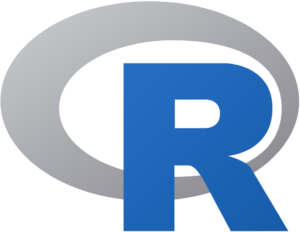
At heart, R is a programming language, but it’s more of a standard bearer for the world’s current obsession with using statistics to unlock patterns in large blocks of data. R was designed by statisticians and scientists to make their work easier. It comes with most standard functions used in data analysis and many of the most useful statistical algorithms are already implemented as freely distributed libraries. It’s got most of what data scientists need to do data-driven science.
Many people end up using R inside an IDE as a high-powered scratchpad for playing with data. R Studio and R Commander are two popular front ends that let you load up your data and play with it. They make it less of a compile-and-run language and more of an interactive world in which to do your work.
2. Java 8
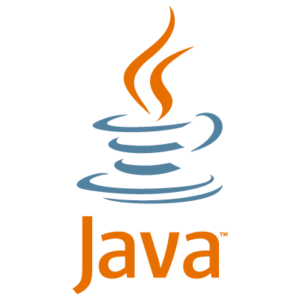
Java isn’t a new language. It’s often everyone’s first language, thanks to its role as the lingua franca for AP Computer Science. There are billions of JAR files floating around running the world.
But Java 8 is a bit different. It comes with new features aimed at offering functional techniques that can unlock the parallelism in your code. You don’t have to use them. You could stick with all the old Java because it still works. But if you don’t use it, you’ll be missing the chance to offer the Java virtual machine (JVM) even more structure for optimizing the execution. You’ll miss the chance to think functionally and write cleaner, faster, and less buggy code.
3. Swift

Apple saw an opportunity when programming newbies complained about the endless mess of writing in Objective C. So they introduced Swift and strongly implied that it would replace Objective C for writing for the Mac or the iPhone. They recognized that creating header files and juggling pointers was antiquated. Swift hides this information, making it much more like writing in a modern language like Java or Python. Finally, the language is doing all the scut work, just like the modern code.
The language specification is broad. It’s not just a syntactic cleanup of Objective C. There are plenty of new features, so many that they’re hard to list. Some coders might even complain that there’s too much to learn, and Swift will make life more complicated for teams who need to read each other’s code. But let’s not focus too much on that. iPhone coders can now spin out code as quickly as others. They can work with a cleaner syntax and let the language do the busy work.
4. Go
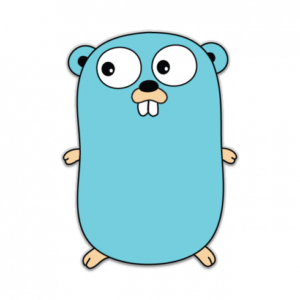
When Google set out to build a new language to power its server farms, it decided to build something simple by throwing out many of the more clever ideas often found in other languages. They wanted to keep everything, as one creator said, “simple enough to hold in one programmer’s head.” There are no complex abstractions or clever metaprogramming in Go—just basic features specified in a straightforward syntax.
This can make things easier for everyone on a team because no one has to fret when someone else digs up a neat idea from the nether reaches of the language specification.
5. CoffeeScript

Somewhere along the line, some JavaScript programmers grew tired of typing all those semicolons and curly brackets. So they created CoffeeScript, a preprocessing tool that turns their syntactic shorthand back into regular JavaScript. It’s not as much a language as a way to save time hitting all those semicolons and curly bracket keys.
Jokers may claim that CoffeeScript is little more than a way to rest your right hand’s pinkie, but they’re missing the point. Cleaner code is easier to read, and we all benefit when we can parse the code quickly in our brain. CoffeeScript makes it easier for everyone to understand the code, and that benefits everyone.
6. D
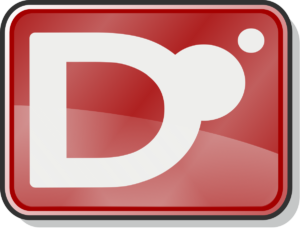
For many programmers, there’s nothing like the very clean, simple world of C. The syntax is minimal and the structure maps cleanly to the CPU. Some call it portable Assembly. Even for all these advantages, some C programmers feel like they’re missing out on the advantages built into newer languages.
That’s why D is being built. It’s meant to update all the logical purity of C and C++ while adding in modern conveniences such as memory management, type inference, and bounds checking.
7. Less.js
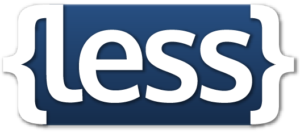
Just like CoffeeScript, Less.js is really just a preprocessor for your files, one that makes it easier to create elaborate CSS files. Anyone who has tried to build a list of layout rules for even the simplest website knows that creating basic CSS requires plenty of repetition; Less.js handles all this repetition with loops, variables, and other basic programming constructs. You can, for instance, create a variable to hold that shade of green used as both a background and a highlight color. If the boss wants to change it, you only need to update one spot.
There are more elaborate constructs such as mixins and nested rules that effectively create blocks of standard layout commands that can be included in any number of CSS classes. If someone decides that the bold typeface needs to go, you only need to fix it at the root and Less.js will push the new rule into all the other definitions.
8. MATLAB

Once upon a time, MATLAB was a hardcore language for hardcore mathematicians and scientists who needed to juggle complex systems of equations and find solutions. It’s still that, and more of today’s projects need those complex skills. So MATLAB is finding its way into more applications as developers start pushing deeper into complex mathematical and statistical analysis. The core has been tested over the decades by mathematicians and now it’s able to help mere mortals.
9. Arduino
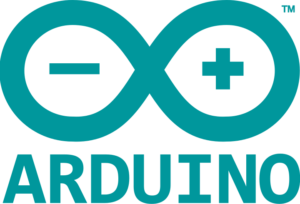
The Internet of Things is coming. More and more devices have embedded chips just waiting to be told what to do. Arduino isn’t so much a new language as a set of C or C++ functions that you string together. The compiler does the rest of the work.
Many of these functions will be a real novelty for programmers, especially programmers used to creating user interfaces for general computers. You can read voltages, check the status of pins on the board, and of course, control just how those LEDs flash to send inscrutable messages to the people staring at the device.
10. CUDA
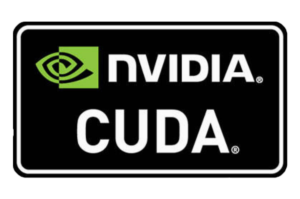
Most people take the power of their video cards for granted. They don’t even think about how many triangles the video card is juggling, as long as their world is a complex, first-person shooter game. But if they would only look under the hood, they would find a great deal of power ready to be unlocked by the right programmer. The CUDAlanguage is a way for Nvidia to open up the power of their graphics processing units (GPUs) to work in ways other than killing zombies or robots.
The key challenge to using CUDA is learning to identify the parallel parts of your algorithm. Once you find them, you can set up the CUDA code to blast through these sections using all the inherent parallel power of the video card. Some jobs, like mining Bitcoins, are pretty simple, but other challenges, like sorting and molecular dynamics, may take a bit more thinking. Scientists love using CUDA code for their large, multidimensional simulations.
11. Scala
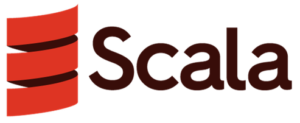
Everyone who’s taken an advanced course in programming languages knows the academic world loves the idea of functional programming, which insists that each function have well-defined inputs and outputs but no way of messing with other variables.
There are dozens of good functional languages, and it would be impossible to add all of them here. Scala is one of the best-known, with one of the larger user bases. It was engineered to run on the JVM, so anything you write in Scala can run anywhere that Java runs—which is almost everywhere.
There are good reasons to believe that functional programming precepts, when followed, can build stronger code that’s easier to optimize and often free of some of the most maddening bugs. Scala is one way to dip your toe into these waters.
12. Haskell

Scala isn’t the only functional language with a serious fan base. One of the most popular functional languages, Haskell, is another good place for programmers to begin. It’s already being used for major projects at companies like Facebook. It’s delivering real performance on real projects, something that often isn’t the case for academic code.
Thanks for the terrific manual
It works really well for me